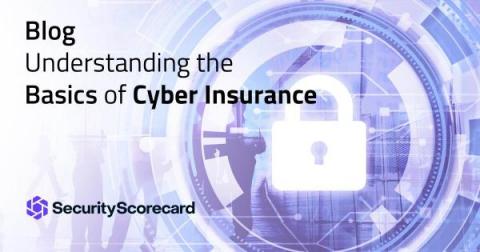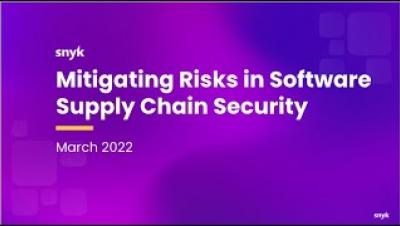Security | Threat Detection | Cyberattacks | DevSecOps | Compliance
Risk Management
Banish Shadow IT With Digital Footprint
It’s out there. In the deep, dark corners of your IT estate, it’s been hiding. Maybe it’s that “killer app” one of the department heads brought back from a trade show. Or maybe it’s that campaign microsite that marketing had a contractor develop for a “skunkworks” launch. Shadow IT is more than an asset management problem. It’s a security problem because you can’t secure what you can’t see.
This Is the Reason Behind 70% Of Data Breaches
SecurityScorecard Discovers new botnet, 'Zhadnost,' responsible for Ukraine DDoS attacks
SecurityScorecard (SSC) has identified three separate DDoS attacks which all targeted Ukrainian government and financial websites leading up to and during Russia’s invasion of Ukraine. Details of these DDoS attacks have not yet been publicly identified.
Understanding the Basics of Cyber Insurance: What You Need to Know
Data breaches and cybercrime are all too common. And in recent years, ransomware attacks have caused many organizations to face hefty extortion payments, legal fees, and reputational damage – not to mention the major headache that comes with each. Cyber insurance has become a powerful tool in the world of cyberattacks to help protect organizations from the implications of a ransomware attack, but many don’t understand what a cyber insurance policy actually covers.
Breach Costs - Millions of Lost Revenue
At the end of 2021, Capital One agreed to pay a settlement of $190 million to 98 million customers whose personal data was stolen in a 2019 data breach. Similar class-action lawsuits were filed in 2021 against T-Mobile, Shopify, and Ledger. When it comes to the cost of breaches, however, those are just the legal fees. Every year, businesses lose millions of dollars in revenue to cyberattacks and data breaches.
Improving FedRAMP: Federal Procurement & Risk Management
The Federal Risk and Authorization Management Program (FedRAMP) has been in place for just over a decade (2011). Its purpose is to provide a “cost-effective, risk-based approach for the adoption and use of cloud services” by the federal government. This is to equip and enable federal agencies to utilize cloud technologies in a way that minimizes risk exposure through security and protection of federal information and processes.











